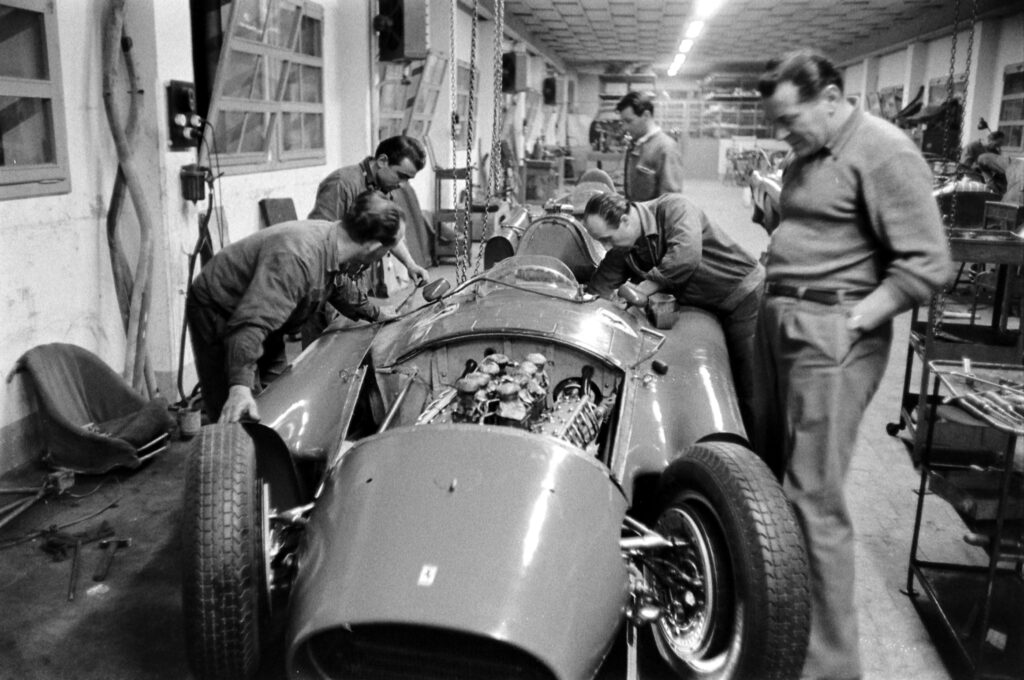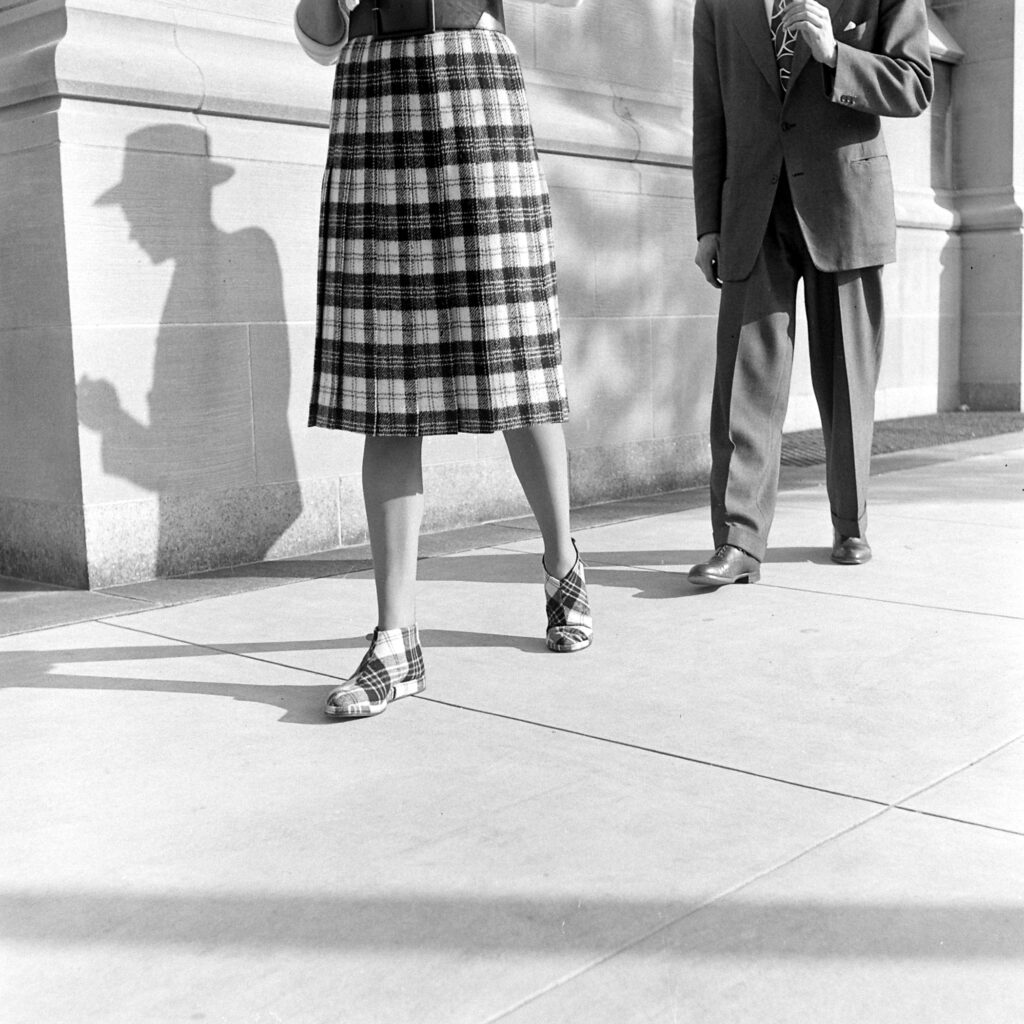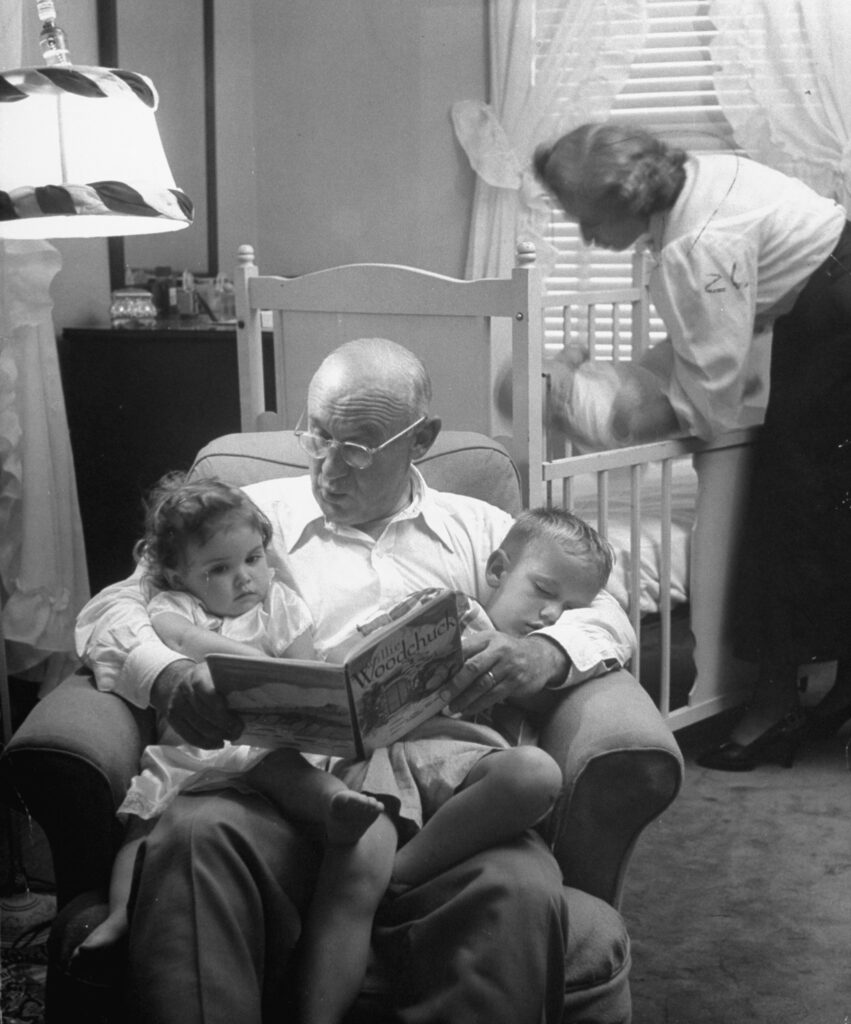Some World War II battlefields have been immortalized in histories, memoirs, novels and films that the names alone can conjure stark and stirring images for even the most casual history buff.
But how many of us recognize names like Sidi Bou Zid? El Guettar? Seden? Wadi Akarit? To a lesser or greater degree, these and other battles with now long-forgotten names also helped to determine the course and the outcome of the Second World War. That they were fought not in Europe or in the Pacific, but instead in the deserts and towns of North Africa, might come as something of a shock to people who never knew in the first place that Allied and Axis troops fought and fought for years in Libya, Tunisia, Algeria and other countries along the northern rim of the African continent.
Here, LIFE.com presents a series of photos—many of which never ran in LIFE magazine—made in Tunisia by photographer Eliot Elisofon in 1943, as the campaign was nearing its end. The number of dead, wounded and missing in North Africa didn’t come close to the millions lost in Europe and the Pacific during the war but neither side got off easy. Close to 100,000 troops were killed, the grim total split almost evenly between the Allies (British, American and Free French, for the most part) and Axis powers (Italian, German and Vichy French). Among the Allies, the British were the hardest hit, with more than 200,000 men killed, wounded, captured or missing.
In May 1943, LIFE noted to its readers:
The Allies’ final push caught the Germans completely off base. Thousands of German officers and soldiers were obliviously promenading the streets of Tunis when four British armored cars rolled into the city on May 7. When LIFE’s correspondent Will Lang entered Tunis’ Majestic Hotel to register for a room, German officers were still drinking at the bar.
Allied pressure never relaxed. Audacious columns streamed to the coast from all directions, cutting the enemy into hundreds of hopeless, helpless units. The disintegration was complete. German motorized elements simply decorated their vehicles with white flags and drove into the Allied lines. Gasped one British general: “These last three days have been fantastic, unbelievable. The Germans may have witnessed scenes of wholesale surrender like this, but we never have.”
After North Africa, Allied eyes in the Western hemisphere were trained on Europe: by July 1943 American, British and Canadian troops had landed in Sicily and had begun the long, brutal push toward Mussolini’s Rome, Nazi-held Paris and ultimately, two years later, Berlin.

A tank-artillery team stood on alert. Expers said this kind of unit—a 105mm. howitzer mounted on a half-track— was well-suited for ground warfare in Tunisia.
Eliot Elisofon/Life Pictures/Shutterstock

Camouflaged American artillery fired on German positions during Allied campaign in North Africa.
Eliot Elisofon/Life Pictures/Shutterstock

American forces in Tunisia, 1943.
Eliot Elisofon/Life Pictures/Shutterstock

Soldiers covered a two and a half ton truck with netting after arriving at an ammo dump near the front.
Eliot Elisofon/Life Pictures/Shutterstock

Douglas A-20 intruders in formation, about to bomb an enemy position in Tunisia during the Allied campaign in North Africa, 1943.
Eliot Elisofon/Life Pictures/Shutterstock

Photographs and clipped contact-sheet images (uncharacteristically glued to paper) from Tunisia, 1943, from the LIFE archives.
Eliot Elisofon/Life Pictures/Shutterstock

Desert scene, World War II, Tunisia, 1943.
Eliot Elisofon/Life Pictures/Shutterstock

Three soldiers took refuge during a bombing attack.
Eliot Elisofon/Life Pictures/Shutterstock

American soldiers charged into a wall of smoke during a raid on German positions at Sened in the North African campaign, Tunisia, 1943.
Eliot Elisofon/Life Pictures/Shutterstock
![Bespattered with blood and oil after a strafing attack by nine Messerschmitts on first day of battle, a wounded half-track gunner vainly tried to swallow a sulfa tablet. The attending officer subsequently flushed it down his throat with water. Bespattered with blood and oil after strafing attack by nine Me-109s [Messerschmitts] on first day of battle, a wounded half-track gunner vainly tries to swallow a sulfa tablet. Attending officer subsequently flushed it down his throat with water. Three other men on the half-track were killed.](data:image/svg+xml,%3Csvg%20xmlns='http://www.w3.org/2000/svg'%20viewBox='0%200%200%200'%3E%3C/svg%3E)
Bespattered with blood and oil after a strafing attack by nine Messerschmitts on first day of battle, a wounded half-track gunner vainly tried to swallow a sulfa tablet. The attending officer subsequently flushed it down his throat with water.
Eliot Elisofon/Life Pictures/Shutterstock

A wounded German soldier was captured during the Battle of Sened, Tunisia, 1943.
Eliot Elisofon/Life Pictures/Shutterstock

C-rations, Tunisia, 1943.
Eliot Elisofon/Life Pictures/Shutterstock

Photographs and clipped contact-sheet images (uncharacteristically glued to paper) from Tunisia.
Eliot Elisofon/Life Pictures/Shutterstock

George S. Patton, then a lieutenant general, in North Africa during WWII, 1943.
Eliot Elisofon/Life Pictures/Shutterstock

American troops, North Africa, 1943.
Eliot Elisofon/Life Pictures/Shutterstock

American soldiers in North Africa during the Allied Tunisia Campaign, 1943.
Eliot Elisofon/Life Pictures/Shutterstock

Photographs and clipped contact-sheet images (uncharacteristically glued to paper) from Tunisia.
Eliot Elisofon/Life Pictures/Shutterstock

A barbed wire enclosure held Axis prisoners taken during the Allied assault on German positions near Sened, Tunisia, 1943.
Eliot Elisofon/Life Pictures/Shutterstock

Italian prisoners playing cards, Tunisia, 1943.
Eliot Elisofon/Life Pictures/Shutterstock

These Axis prisoners were taken during the Allied assault on German positions near Sened, Tunisia, 1943.
Eliot Elisofon/Life Pictures/Shutterstock

A cactus-camouflaged half-track guarded an armored division command post in North Africa.
Eliot Elisofon/Life Pictures/Shutterstock

An American M3 tank was disabled in Tunisia, 1943.
Eliot Elisofon/Life Pictures/Shutterstock

Airplane wreckage in the desert, Tunisia, 1943.
Eliot Elisofon/Life Pictures/Shutterstock

A shelled building behind an Italian gun position, Tunisia, 1943.
Eliot Elisofon/Life Pictures/Shutterstock

German cemetery, Tunisia, 1943.
Eliot Elisofon/Life Pictures/Shutterstock









![Bespattered with blood and oil after a strafing attack by nine Messerschmitts on first day of battle, a wounded half-track gunner vainly tried to swallow a sulfa tablet. The attending officer subsequently flushed it down his throat with water. Bespattered with blood and oil after strafing attack by nine Me-109s [Messerschmitts] on first day of battle, a wounded half-track gunner vainly tries to swallow a sulfa tablet. Attending officer subsequently flushed it down his throat with water. Three other men on the half-track were killed.](https://static.life.com/wp-content/uploads/migrated/2013/03/09_00584740-1024x825.jpg)



























































































